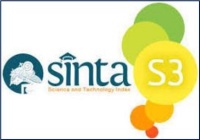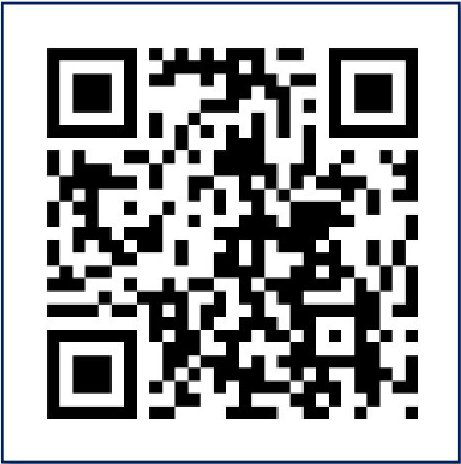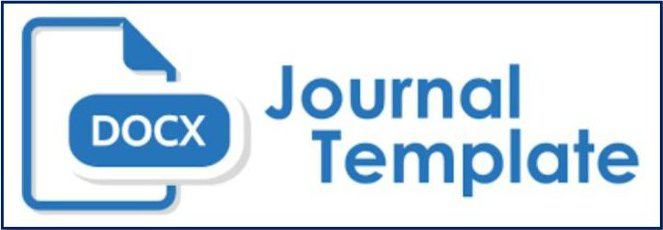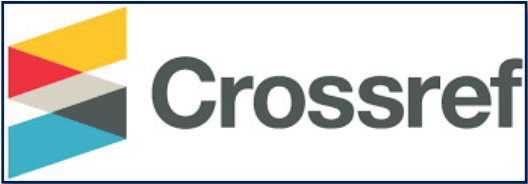Serapan Karbon Hutan Mangrove di Bagek Kembar Kecamatan Sekotong Kabupaten Lombok Barat
DOI:
https://doi.org/10.33394/bioscientist.v9i1.3777Keywords:
Mangrove, Carbon Sink, Bagek Kembar Sekotong.Abstract
References
Alongi, D.M. (2012). Carbon Sequestration in Mangrove Forests. Carbon Management, 3(3), 313-322.
Amir, A.A. (2012). Canopy Gaps and The Natural Regeneration of Matang Mangroves. Forest Ecology and Management, 269, 60-67.
Badan Standardisasi Nasional. (2014). Standar Nasional Indonesia (SNI 8014:2014) Penilaian Pengelolaan Jasa Lingkungan Keanekaragaman Hayati (Biodiversity). Jakarta: Menteri Riset, Teknologi, dan Pendidikan Tinggi.
Dharmawan, I.W.E., dan Pramudji. (2014). Panduan Monitoring Status Ekosistem Mangrove. Bogor: PT. Sarana Komunikasi Utama.
Direktorat Jenderal Pengelolaan Ruang Laut. (2020). Mengubah Kawasan Mangrove Bagek Kembar Menjadi Edu Wisata. Retrieved May 20, 2021, from Interactwebsite: https://kkp.go.id/djprl/artikel/18162-mengubah-kawasan-mangrove-bagek-kembar-menjadi-edu-wisata.
Donato, D.C., Kauffman, J.B., Murdiyarso, D., Kurnianto, S., and Stidham, M. (2011). Mangroves Among the Most Carbon-Rich Forests in The Tropics. Nature Geoscience, 4(4), 1-5.
Ghufrona, R.R., Kusmana, C., dan Rusdiana, O. (2015). Komposisi Jenis dan Struktur Hutan Mangrove di Pulau Sebuku, Kalimantan Selatan. Jurnal Silvikultur Tropika, 06(1), 15-26.
Kementerian Kelautan dan Perikanan Republik Indonesia. (2020). Hari Mangrove Sedunia, KKP Targetkan Rehabilitasi 200 Ha Lahan Mangrove di 2020. Retrieved May 20, 2021, from Interactwebsite: https://kkp.go.id/artikel/22001-hari-mangrove-sedunia-kkp-targetkan-rehabilitasi-200-ha-lahan-mangrove-di-2020.
Menteri Negara Lingkungan Hidup Republik Indonesia. (2012). Peraturan Menteri Negara Lingkungan Hidup Republik Indonesia Nomor 15 Tahun 2012 tentang Panduan Valuasi Ekonomi Ekosistem Hutan. Jakarta.
Prasetya, J.D., Ambariyanto, Supriharyono, and Purwanti, F. (2017). Mangrove Health Index as Part of Sustainable Management in Mangrove Ecosystem at Karimunjawa National Marine Park Indonesia. Advanced Science Letters, 23(4), 3277-3282.













